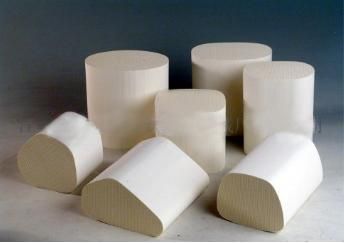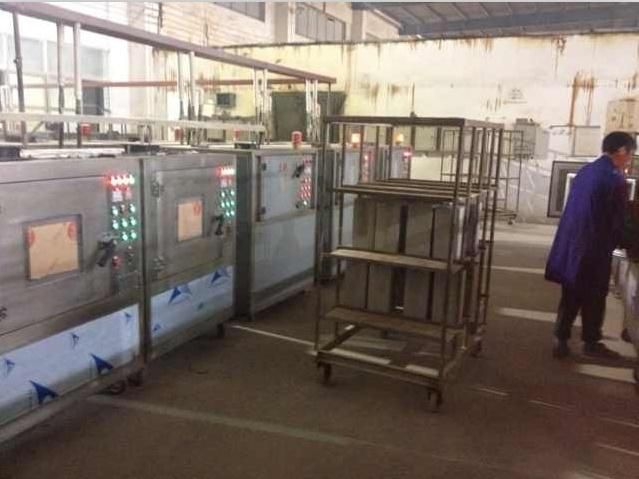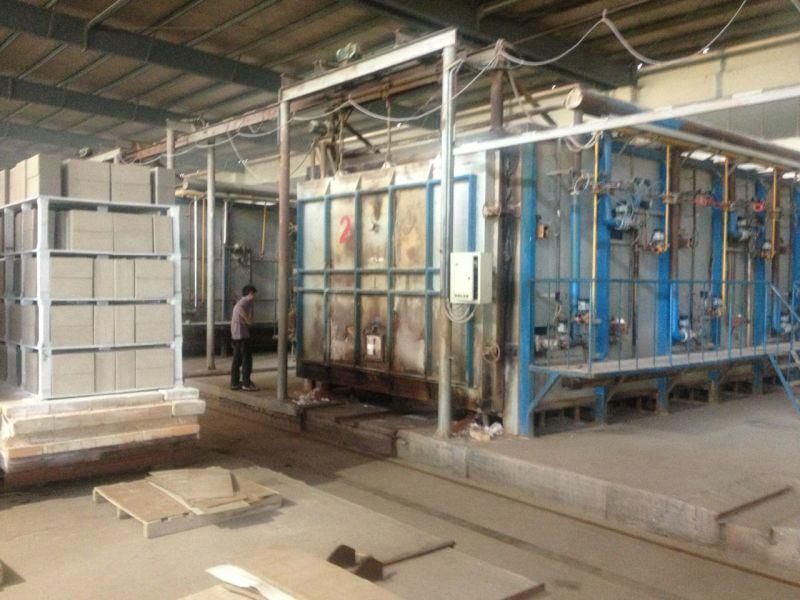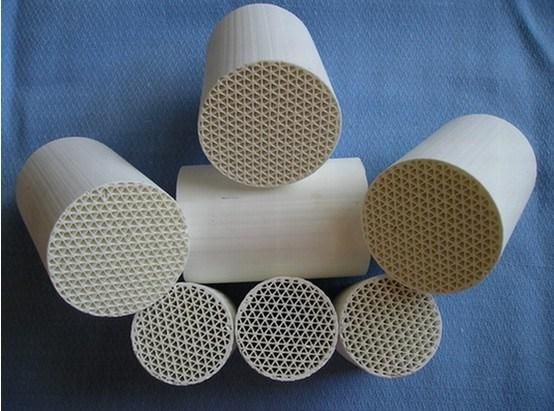
Ceramic Catalytic Converter Substrate Used in Cars
Beihai Xiaoming International Import and Export Trading Co., Ltd.- Type:Catalytic Converter
- Body Material:Ceramic
- Discharge Standard:Euro IV
- Certification:ISO9001, TS16949
- Noise Source:The Noise of Engine
- The Noise of Engine:Mechanical Noise
Base Info
- Model NO.:HCS
- Automobile Chassis Noise:The Brake Noise
- Component:Catalytic Converter
- Main Market:Europe
- Material:Cordierite
- Common Specification:Diameter<120mm,Diameter<200mm,etc
- Transport Package:Wooden Box and Pallet,Packed as Customers′ Need
- Trademark:DXY
- Origin:China
- HS Code:690919000
- Production Capacity:100, 000pieces,Month
Description
Basic Info.
Model NO. HCS Automobile Chassis Noise The Brake Noise Component Catalytic Converter Main Market Europe Material Cordierite Common Specification Diameter<120mm/Diameter<200mm,etc Transport Package Wooden Box and Pallet/Packed as Customers′ Need Trademark DXY Origin China HS Code 690919000 Production Capacity 100, 000pieces/MonthProduct Description

 Honeycomb Ceramic Catalyst substrate used in cars:
Honeycomb Ceramic Catalyst substrate used in cars:used as catalystic converters of gasoline engines, the honeycomb ceramic catalyst substrates are coated by catalyst; at the same time, we improve the specific surface areas and cut down the heat capacity to increase the atalytic function. When the noxious emissions pass through, HC, CO and NOX will be converted into harmless components.
Diesel particulate filter bases on honeycomb ceramic substrate, whose materials are cordierite or carborundum. It could trap the particulate matter from disel exhaust emissions, so they are applied on cars, buses, trucks and so on.
Advantages:
>High specific surface area: ensure exhaust gas could contact with catalyst enough.
>Stable water absorption: guarantee catalyst could be firmly and evenly coated on the surface of substrate, so it is no waste for too thick coating.
>Warm-up characters: after starting up engine, the temperature of substrate could reach the active temperature of catalyst in the shortest time.
>Low exhaust resistance: ask exhaust resistance of substrate to engine low, so that it will not affect the performance of engine.
>High intensity: substrates work in bumpy cars, so the intensity of substrates must be too high to be destroyed.
>Perfect assembly: substrates are parts of exhaust; perfect appearance and exact dimension could ensure assembly perfect.

| Item | Index | |
| Heat Property | Coefficient of heat expansion (40-800celsius degree) (x10-6/celsius degree) | <1.0 |
| Heat Property | Specific heat [J/(g.k)] | 0.84 |
| Heat Property | Softening temperature (celsius degree) | 1400 |
| Heat Property | Melting point (celsius degree) | 1455 |
| Heat Property | The highest working temperature (celsius degree) | 1350 |
| Physical Property | Fine mesh bulk (cm3/g) | 0.2 |
| Physical Property | Apparent porosity (%) | 36 |
| Physical Property | Average fine aperture (um) | 4 |
| Mechanical Property | Compress breaking strength (Mpa) | Aaxes>8.3 Baxes>1.1 Caxes>0.1 |
| Thermal Shock Resistance | Aire cooled temperature difference (celsius degree) | >650 |
